Home>Home Appliances>Cleaning Appliances>Why Is My Bissell Powerfresh Steam Mop Not Steaming
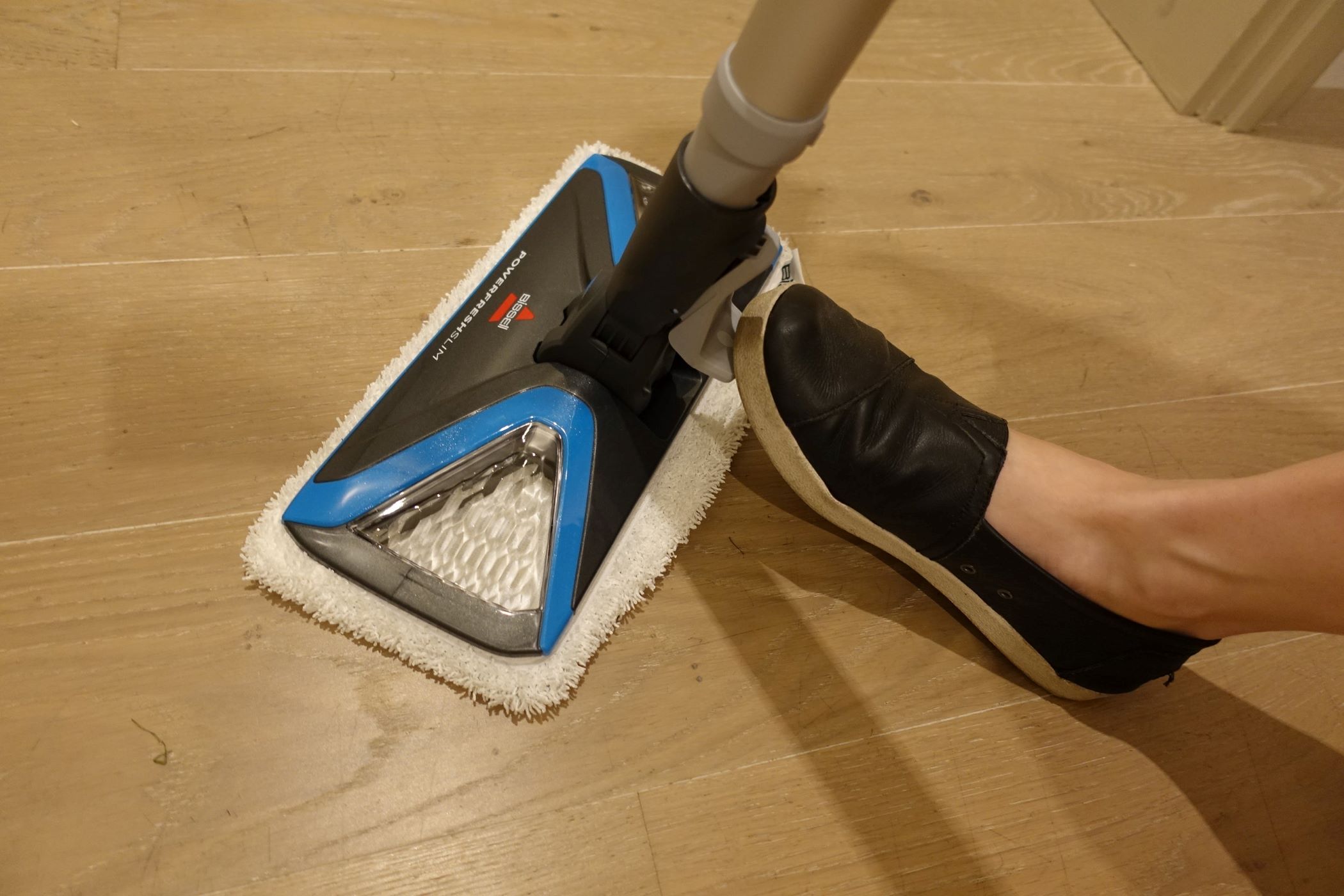

Cleaning Appliances
Why Is My Bissell Powerfresh Steam Mop Not Steaming
Modified: February 28, 2024
Discover common reasons why your Bissell Powerfresh steam mop may not be steaming. Troubleshoot and fix the issue to keep your cleaning appliances in top condition.
(Many of the links in this article redirect to a specific reviewed product. Your purchase of these products through affiliate links helps to generate commission for Storables.com, at no extra cost. Learn more)
Introduction
Keeping your floors clean and sanitized is essential for maintaining a healthy home environment. The Bissell Powerfresh Steam Mop is a popular choice for effectively cleaning and disinfecting hard floors with the power of steam. However, encountering issues with the steaming function can be frustrating. If you’ve found yourself wondering, “Why is my Bissell Powerfresh Steam Mop not steaming?” don’t worry – you’re not alone.
In this comprehensive guide, we’ll explore the common issues that may cause your Bissell Powerfresh Steam Mop to stop steaming and provide practical solutions to troubleshoot and resolve these problems. By the end of this article, you’ll have a clear understanding of how to identify and address issues with your steam mop, allowing you to restore its steaming functionality and keep your floors sparkling clean.
Key Takeaways:
- Keep your Bissell Powerfresh Steam Mop steaming by checking the power source, maintaining the water tank, and clearing clogged nozzles. Regular maintenance and proper usage are key to its longevity and efficiency.
- Troubleshoot your Bissell Powerfresh Steam Mop by verifying the power source, addressing water tank issues, tackling clogged nozzles, and verifying steam settings. Restore its functionality and efficiency for sparkling clean floors.
Read more: How To Use Bissell Powerfresh Steam Mop
Common Issues with Bissell Powerfresh Steam Mop
Before delving into specific troubleshooting steps, it’s important to understand the common issues that can lead to a Bissell Powerfresh Steam Mop failing to produce steam. By identifying these issues, you can effectively diagnose and address the underlying problems. Here are some of the most prevalent issues that users may encounter:
- Inadequate power source: If the steam mop is not receiving sufficient power, it may fail to generate steam. This can occur due to various factors, such as a faulty power outlet, a tripped circuit breaker, or a damaged power cord.
- Water tank problems: Issues with the water tank, including insufficient water levels, blockages, or leaks, can impede the steaming function of the mop. Proper maintenance of the water tank is crucial for consistent steam production.
- Clogged nozzle: A clogged or obstructed steam nozzle can prevent the release of steam onto the floor. This can happen due to mineral deposits or debris buildup within the nozzle over time.
- Steam settings: Incorrect steam settings or a malfunctioning steam control button can result in the mop’s inability to produce steam at the desired intensity. Understanding and adjusting the steam settings is essential for optimal performance.
By addressing these common issues, you can effectively troubleshoot your Bissell Powerfresh Steam Mop and restore its steaming capabilities. In the following sections, we will delve into each of these issues in detail, providing insights into how to identify and resolve them effectively.
Check Power Source
One of the first steps in troubleshooting a Bissell Powerfresh Steam Mop that is not steaming is to ensure that the power source is functioning correctly. A lack of power can significantly impact the steam mop’s ability to generate steam, so it’s essential to address any potential power-related issues. Here’s how you can check the power source and resolve common issues:
1. Verify the Power Outlet: Start by checking the power outlet that the steam mop is plugged into. Ensure that the outlet is working by testing it with another electronic device. If the outlet is not functioning, try plugging the steam mop into a different outlet to see if it resolves the issue.
2. Check the Power Cord: Inspect the power cord for any signs of damage, such as fraying or exposed wires. If the power cord is damaged, it can prevent the steam mop from receiving adequate power. In such cases, it’s crucial to discontinue use and replace the power cord to avoid safety hazards.
3. Reset the Circuit Breaker: If the steam mop has suddenly stopped steaming, it’s possible that a tripped circuit breaker is to blame. Locate the circuit breaker panel in your home and check for any tripped breakers. If you find a tripped breaker, reset it and attempt to use the steam mop again.
4. Test with Another Device: To confirm that the power source is not the issue, plug another electronic device into the same outlet and observe if it powers on. If the second device functions normally, it indicates that the power source is likely not the cause of the steam mop’s steaming problems.
By systematically checking the power source and addressing any issues related to power supply, you can eliminate potential causes of the steaming problem. If the steam mop still fails to produce steam after verifying the power source, it’s important to explore other potential issues, such as water tank problems or nozzle blockages.
Water Tank Issues
Proper functioning of the water tank is essential for the Bissell Powerfresh Steam Mop to produce steam effectively. Issues related to the water tank, including water level, blockages, or leaks, can directly impact the steaming performance. Here’s how to troubleshoot and address potential water tank issues:
1. Check Water Level: Ensure that the water tank is adequately filled with water. Insufficient water levels can prevent the steam mop from producing steam. Refer to the user manual for the recommended water fill level, and avoid overfilling the tank, as it may lead to leaks or other issues.
2. Inspect for Leaks: Thoroughly examine the water tank and its components for any signs of leaks. Leaks can not only lead to a loss of water but also impact the pressure and steam production. If you notice any leaks, discontinue use of the steam mop and address the leaks promptly to prevent further damage.
3. Clear Blockages: Over time, mineral deposits or debris can accumulate within the water tank, leading to blockages that hinder the flow of water to the heating element. Use a cleaning brush or a small tool to clear any blockages within the tank, ensuring that water can flow freely to facilitate steam production.
4. Proper Maintenance: Regular maintenance of the water tank is crucial for optimal performance. Follow the manufacturer’s guidelines for cleaning and maintaining the water tank to prevent issues such as mineral buildup, which can impede the steaming function over time.
5. Use Distilled Water: To minimize the risk of mineral deposits and scale buildup, consider using distilled water in the steam mop’s water tank. Distilled water is free from minerals and impurities, reducing the likelihood of blockages and extending the longevity of the steam mop’s components.
By addressing water tank issues and ensuring that the tank is functioning as intended, you can maximize the steam mop’s steaming capabilities. If the water tank is in optimal condition but the steam mop still fails to produce steam, it’s important to explore other potential causes, such as clogged nozzles or steam setting issues.
Check the water tank to ensure it’s filled and properly inserted. Clean the mop’s steam vents and filter to remove any blockages. Run a vinegar solution through the mop to remove mineral buildup. If the issue persists, contact Bissell customer support for further assistance.
Clogged Nozzle
A clogged or obstructed steam nozzle can significantly impact the Bissell Powerfresh Steam Mop’s ability to release steam onto the floor. Over time, mineral deposits, debris, or other particles can accumulate within the nozzle, hindering the flow of steam. Here’s how to identify and address a clogged nozzle to restore the steam mop’s functionality:
1. Visual Inspection: Begin by visually inspecting the steam nozzle for any visible blockages. Look for mineral deposits, dirt, or debris that may be obstructing the nozzle. If you notice any buildup, it’s essential to address it promptly to facilitate the release of steam.
2. Cleaning the Nozzle: Use a small cleaning brush or a tool provided by the manufacturer to gently clean the steam nozzle. Avoid using sharp objects that may damage the nozzle. If the buildup is stubborn, consider using a vinegar solution to dissolve mineral deposits and clear the nozzle effectively.
3. Clearing Obstructions: If the nozzle is removable, carefully remove it according to the manufacturer’s instructions and inspect it for any obstructions. Clear any blockages using a soft brush or compressed air, ensuring that the nozzle is free from any impediments that may hinder steam flow.
4. Regular Maintenance: Incorporate regular maintenance of the steam nozzle into your cleaning routine to prevent the accumulation of debris and mineral deposits. By keeping the nozzle clean and clear, you can maintain optimal steam production and ensure consistent performance of the steam mop.
5. Test the Steam Flow: After cleaning the nozzle, test the steam mop to verify that steam is flowing freely from the nozzle onto the floor. If the steam flow is restored, it indicates that addressing the clogged nozzle has effectively resolved the steaming issue.
By addressing a clogged nozzle and ensuring that steam can flow unimpeded, you can restore the Bissell Powerfresh Steam Mop’s steaming functionality. If the nozzle is clear, but the steam mop still fails to produce steam, it’s important to explore other potential causes, such as steam setting issues or internal component malfunctions.
Steam Settings
The steam settings on the Bissell Powerfresh Steam Mop play a crucial role in determining the intensity and volume of steam produced during cleaning. Incorrect steam settings or a malfunctioning steam control button can lead to issues with steam production. Here’s how to troubleshoot and address potential steam setting issues to ensure optimal performance:
1. Verify Steam Control: Check the steam control button or dial on the steam mop to ensure that it is set to the desired steam level. If the steam control is not functioning as intended, it may result in inadequate steam production or an inability to adjust the steam intensity.
2. Adjust Steam Settings: If the steam control allows for adjustable settings, experiment with different steam levels to determine if the issue is related to the selected setting. Sometimes, a simple adjustment to the steam intensity can resolve issues with steam production.
3. Clean the Steam Control: Over time, the steam control button or dial may accumulate dirt or residue, leading to difficulty in adjusting the steam settings. Use a soft cloth and a mild cleaning solution to gently clean the steam control, ensuring smooth operation and accurate adjustment of steam levels.
4. Refer to User Manual: Consult the user manual provided by Bissell for specific guidance on using and adjusting the steam settings. The manual may offer troubleshooting tips for common steam control issues and provide insights into maximizing the steam mop’s performance.
5. Seek Professional Assistance: If the steam control appears to be malfunctioning or unresponsive despite attempts to troubleshoot, consider reaching out to Bissell’s customer support or authorized service providers for professional assistance and potential repairs.
By addressing potential issues with the steam settings and ensuring that the steam control functions as intended, you can optimize the Bissell Powerfresh Steam Mop’s steaming capabilities. If the steam settings are adjusted correctly, but the steam mop still fails to produce steam, it’s important to explore other potential causes, such as internal component malfunctions or electrical issues.
Conclusion
Encountering issues with the steaming function of your Bissell Powerfresh Steam Mop can be frustrating, but by understanding common issues and implementing effective troubleshooting steps, you can restore its steaming capabilities and keep your floors clean and sanitized. In summary, here are the key takeaways to address the question, “Why is my Bissell Powerfresh Steam Mop not steaming?”:
- Identify Common Issues: Understanding common issues such as power source problems, water tank issues, clogged nozzles, and steam setting issues is essential for effective troubleshooting.
- Check Power Source: Verify the power outlet, inspect the power cord, and reset the circuit breaker to ensure the steam mop receives adequate power.
- Address Water Tank Problems: Maintain proper water levels, check for leaks, clear blockages, and use distilled water to prevent mineral buildup in the water tank.
- Tackle Clogged Nozzles: Clean the steam nozzle, clear obstructions, and incorporate regular maintenance to ensure unimpeded steam flow.
- Verify Steam Settings: Ensure the steam control is functioning correctly, adjust steam settings as needed, and refer to the user manual for guidance.
By systematically addressing these issues and implementing the recommended troubleshooting steps, you can overcome the challenge of a Bissell Powerfresh Steam Mop that is not steaming, restoring its functionality and efficiency.
Remember, regular maintenance and proper usage are key to prolonging the life of your steam mop and ensuring consistent performance. If you encounter persistent issues despite troubleshooting, consider reaching out to Bissell’s customer support or authorized service providers for expert assistance.
With the right approach, you can enjoy the benefits of a fully functional Bissell Powerfresh Steam Mop, keeping your floors impeccably clean and free from germs with the power of steam.
Frequently Asked Questions about Why Is My Bissell Powerfresh Steam Mop Not Steaming
Was this page helpful?
At Storables.com, we guarantee accurate and reliable information. Our content, validated by Expert Board Contributors, is crafted following stringent Editorial Policies. We're committed to providing you with well-researched, expert-backed insights for all your informational needs.
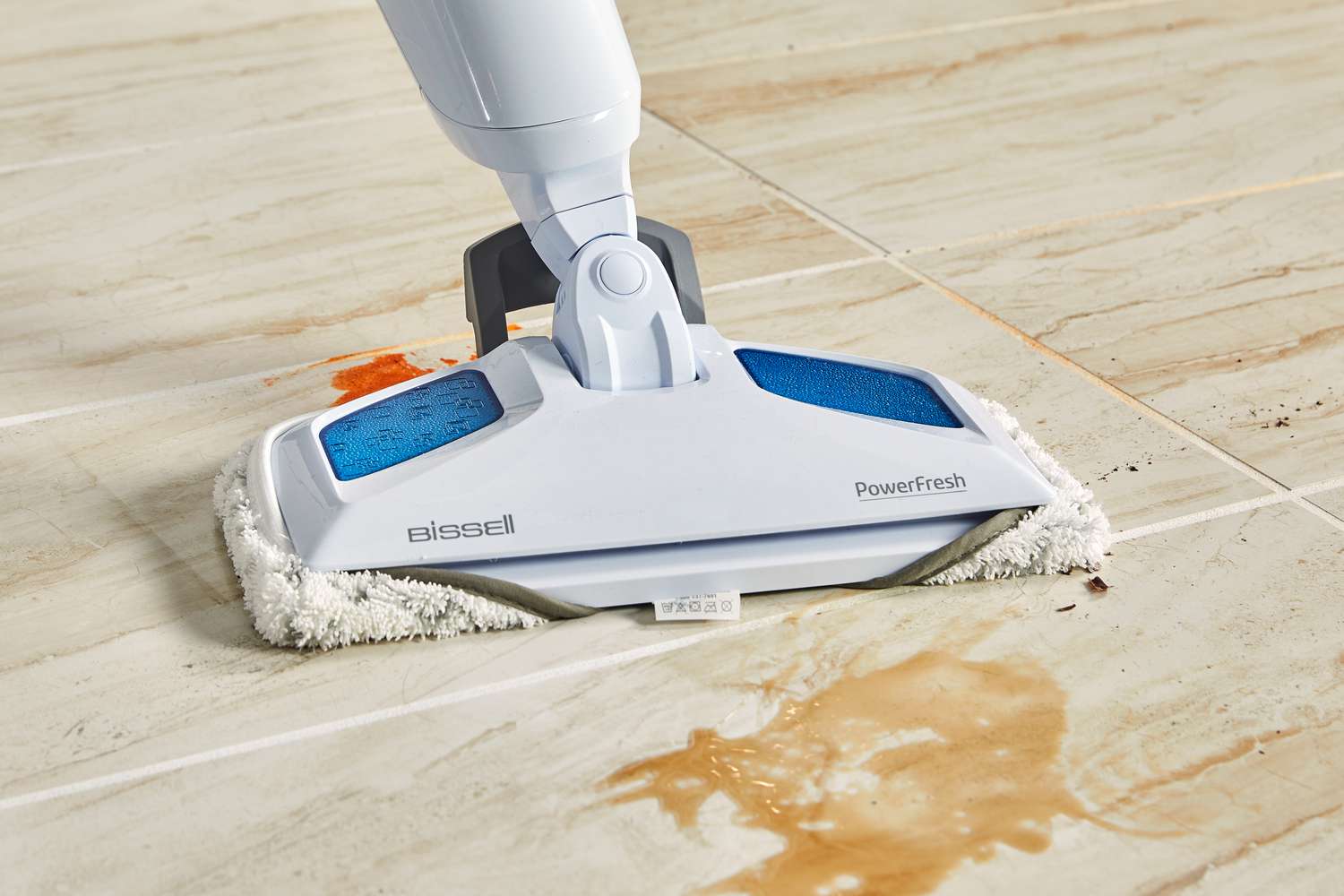
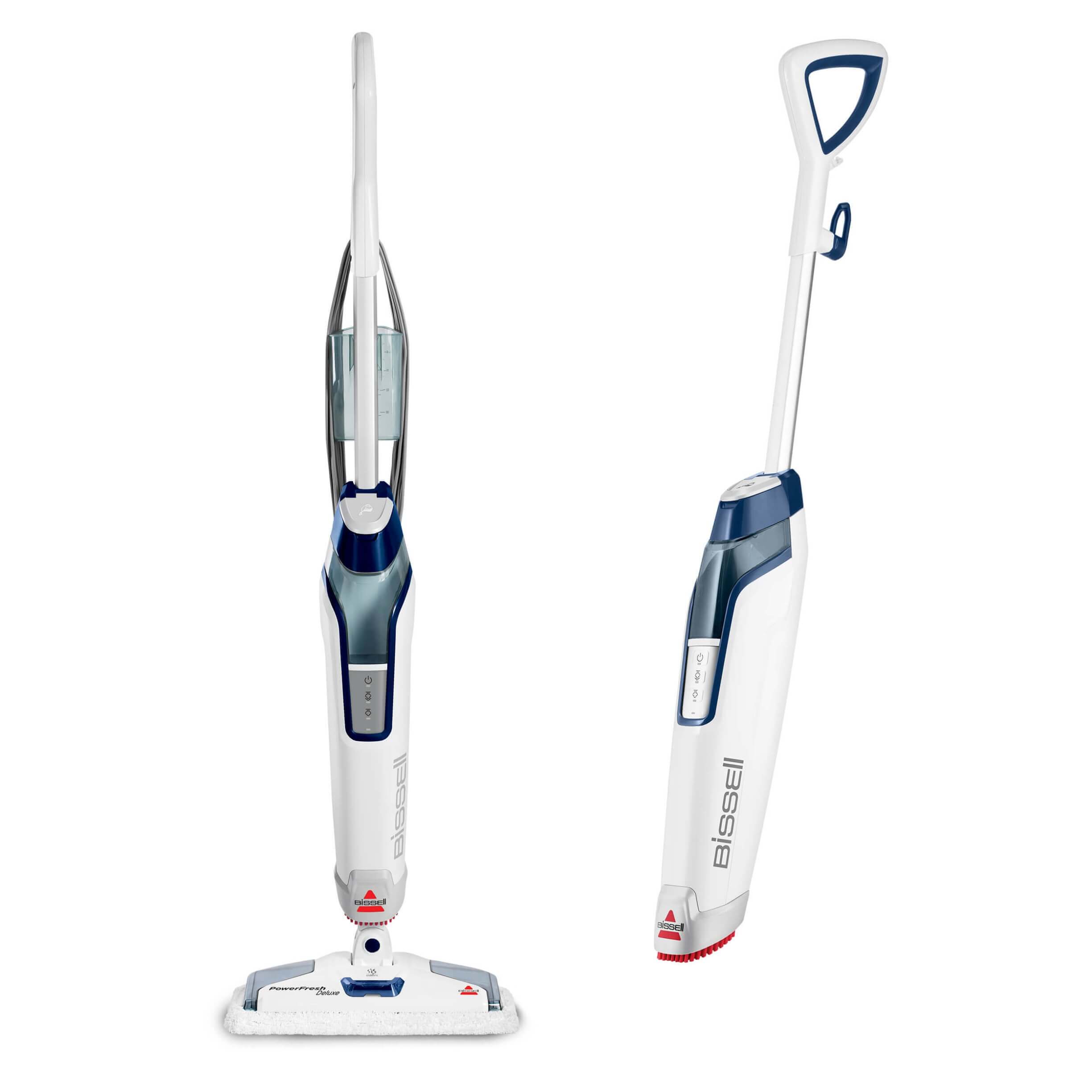
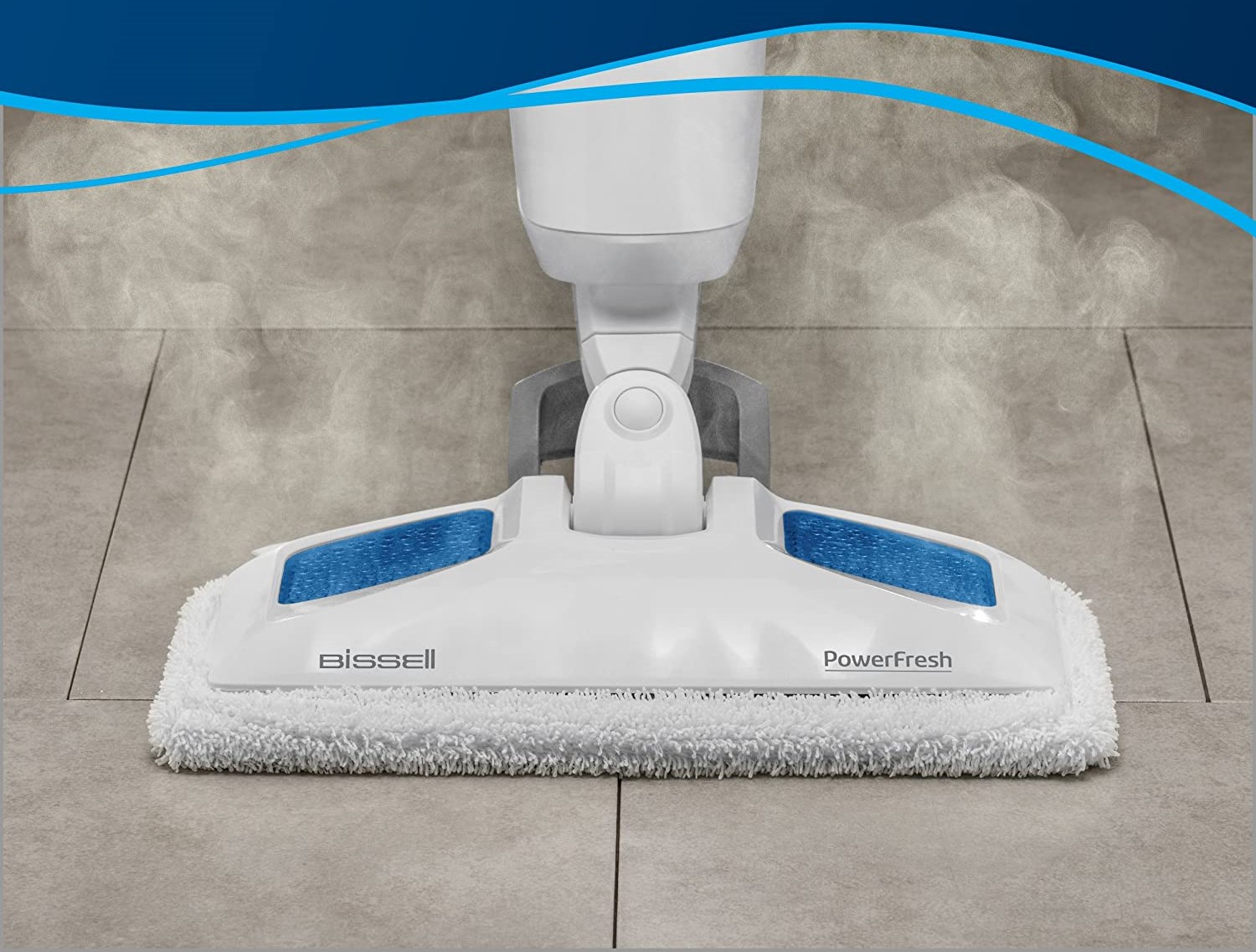
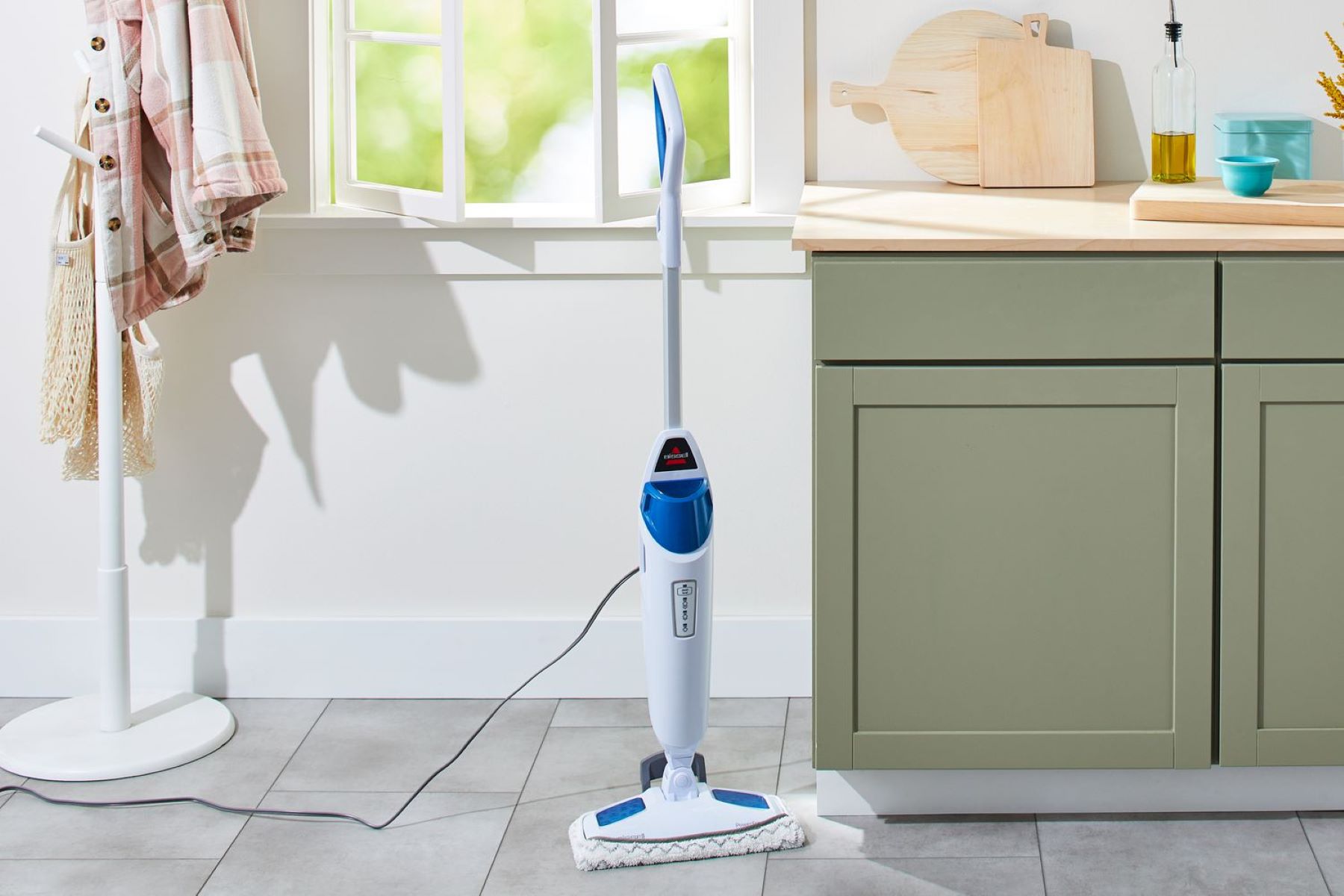
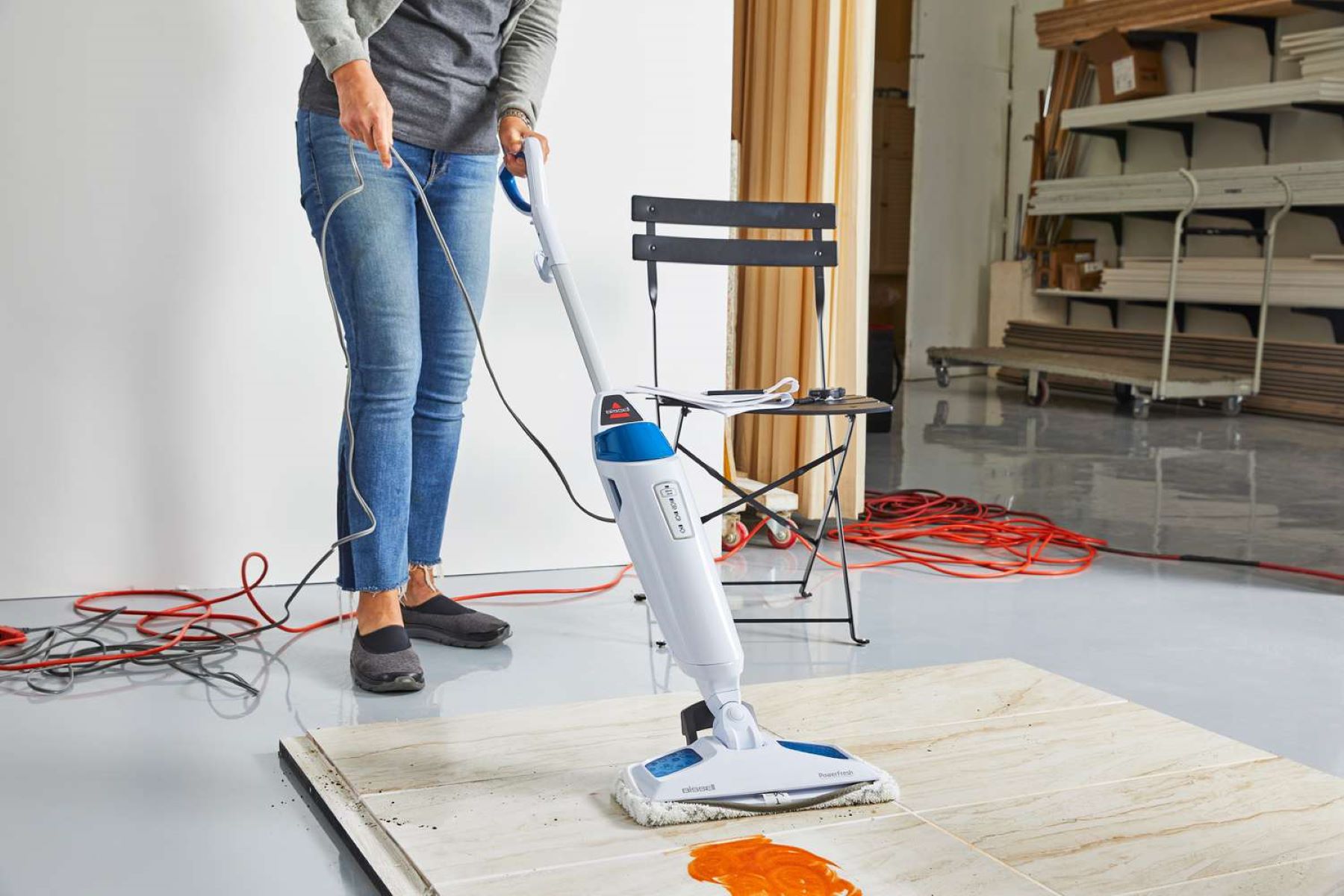
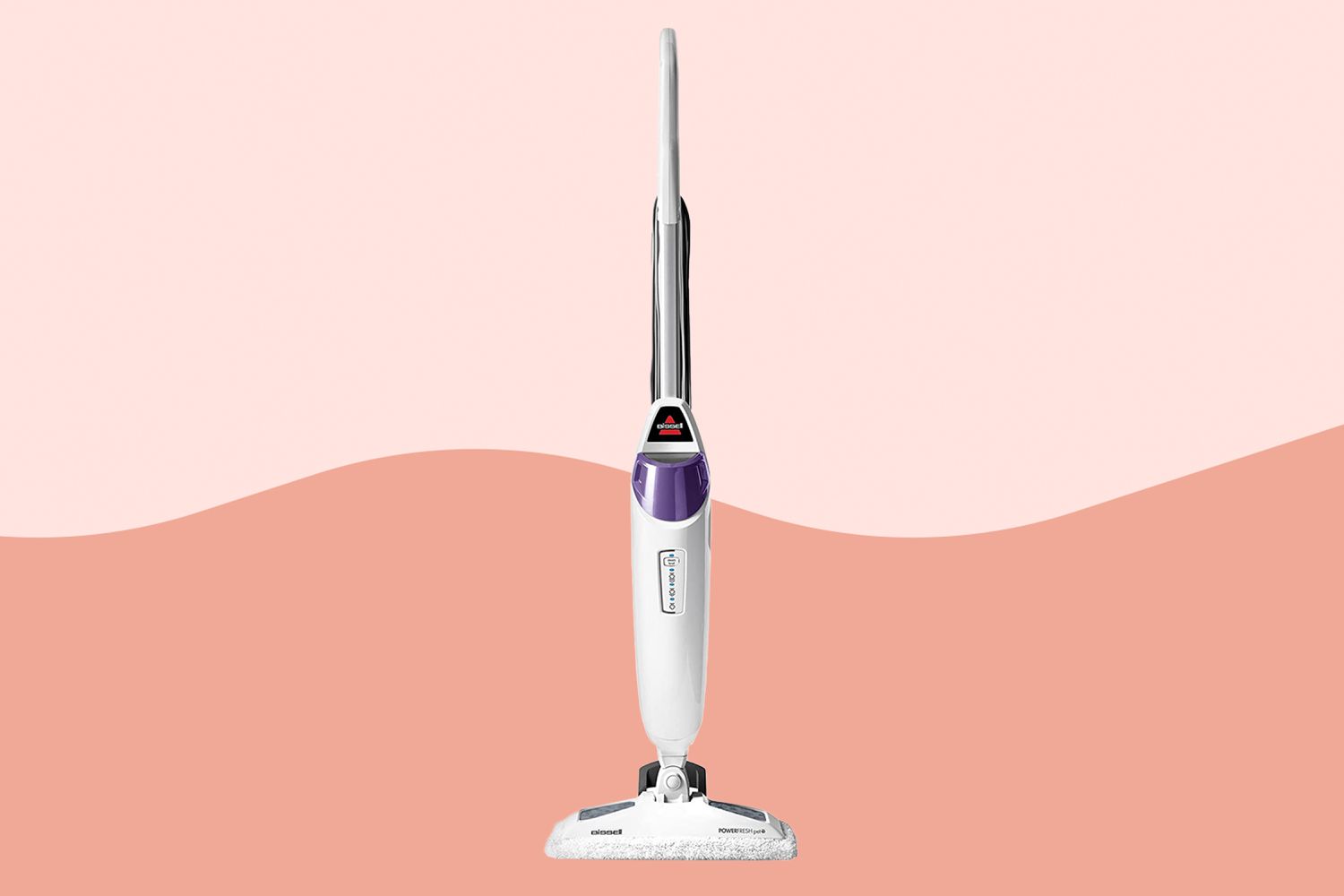
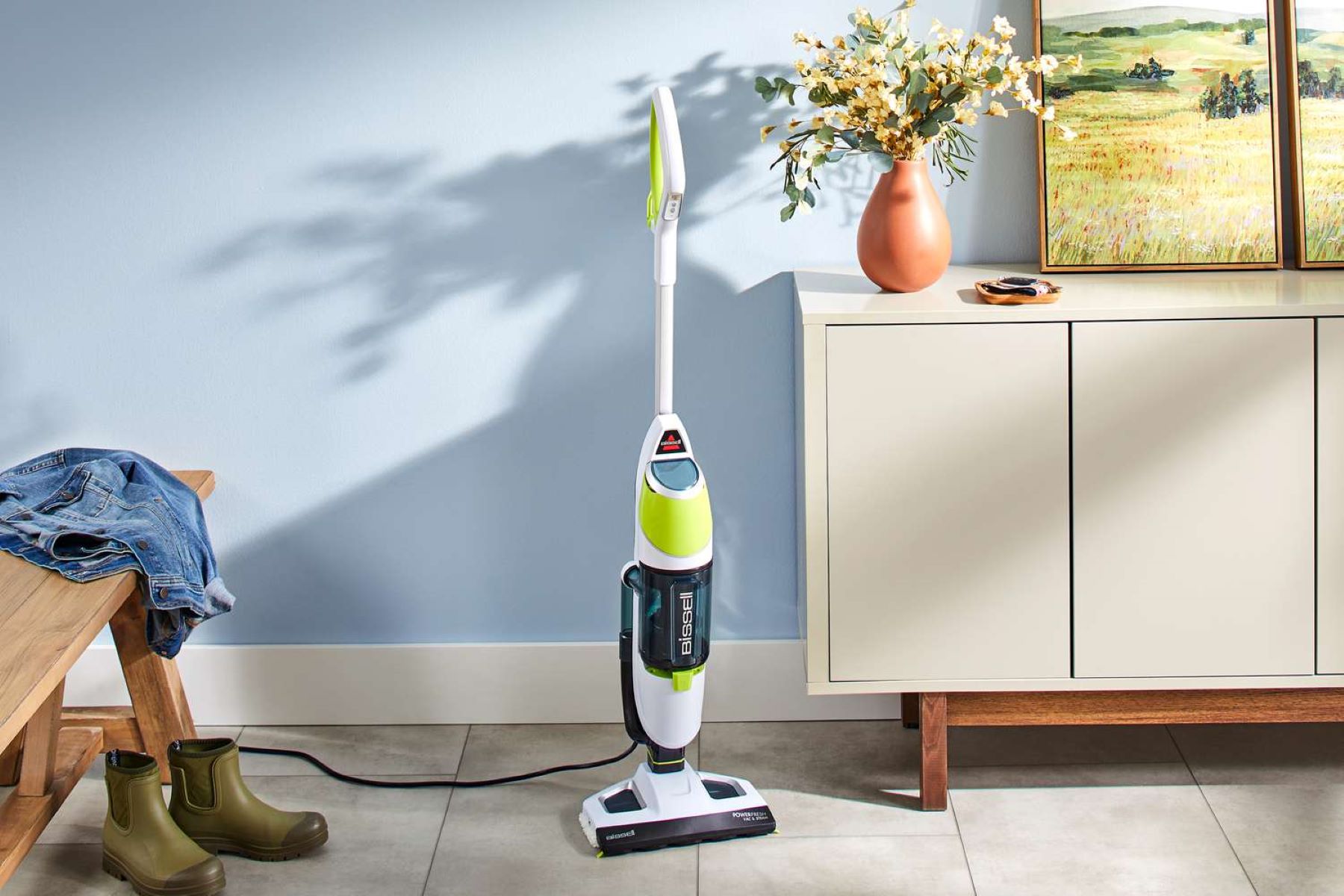
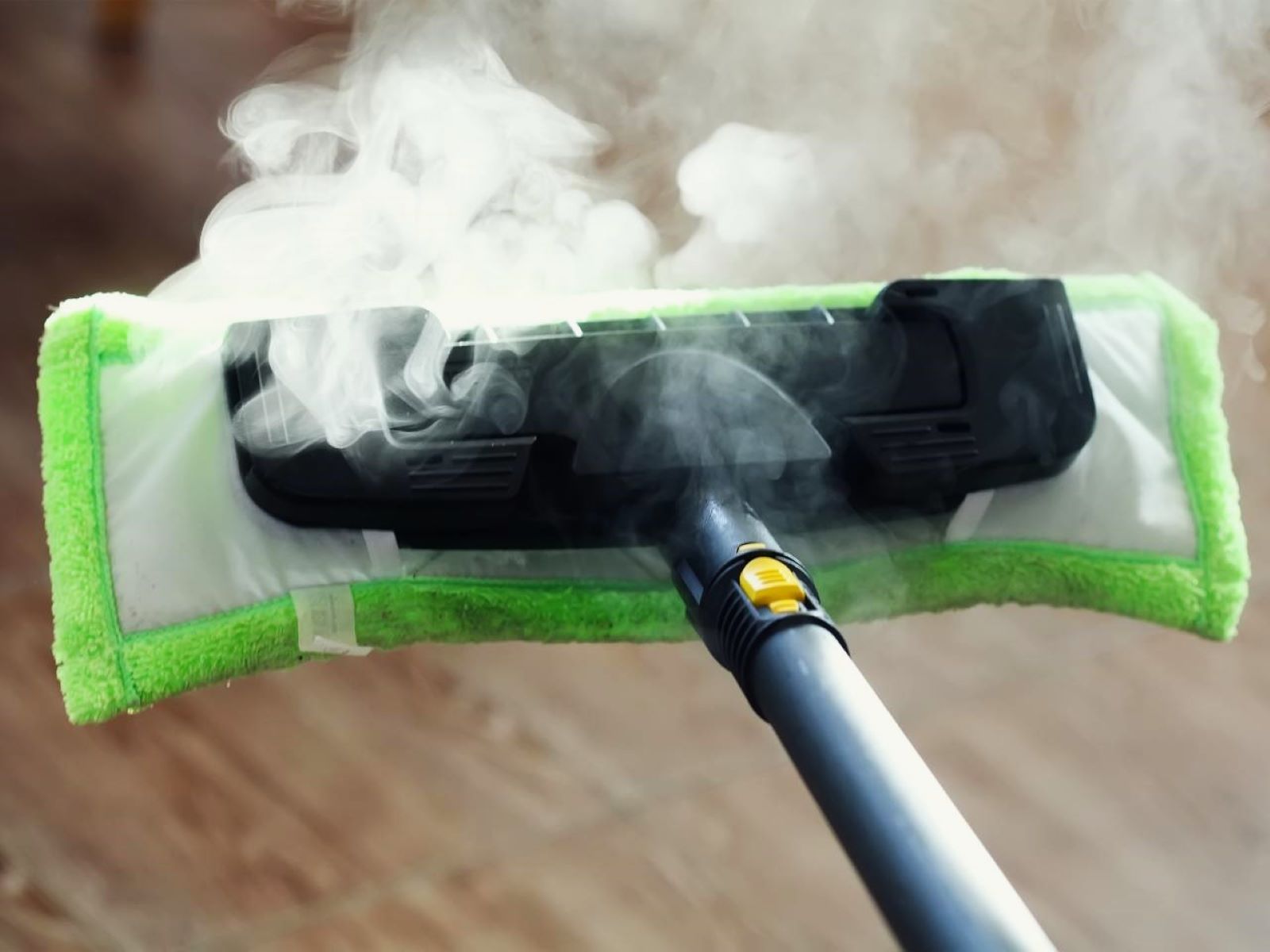
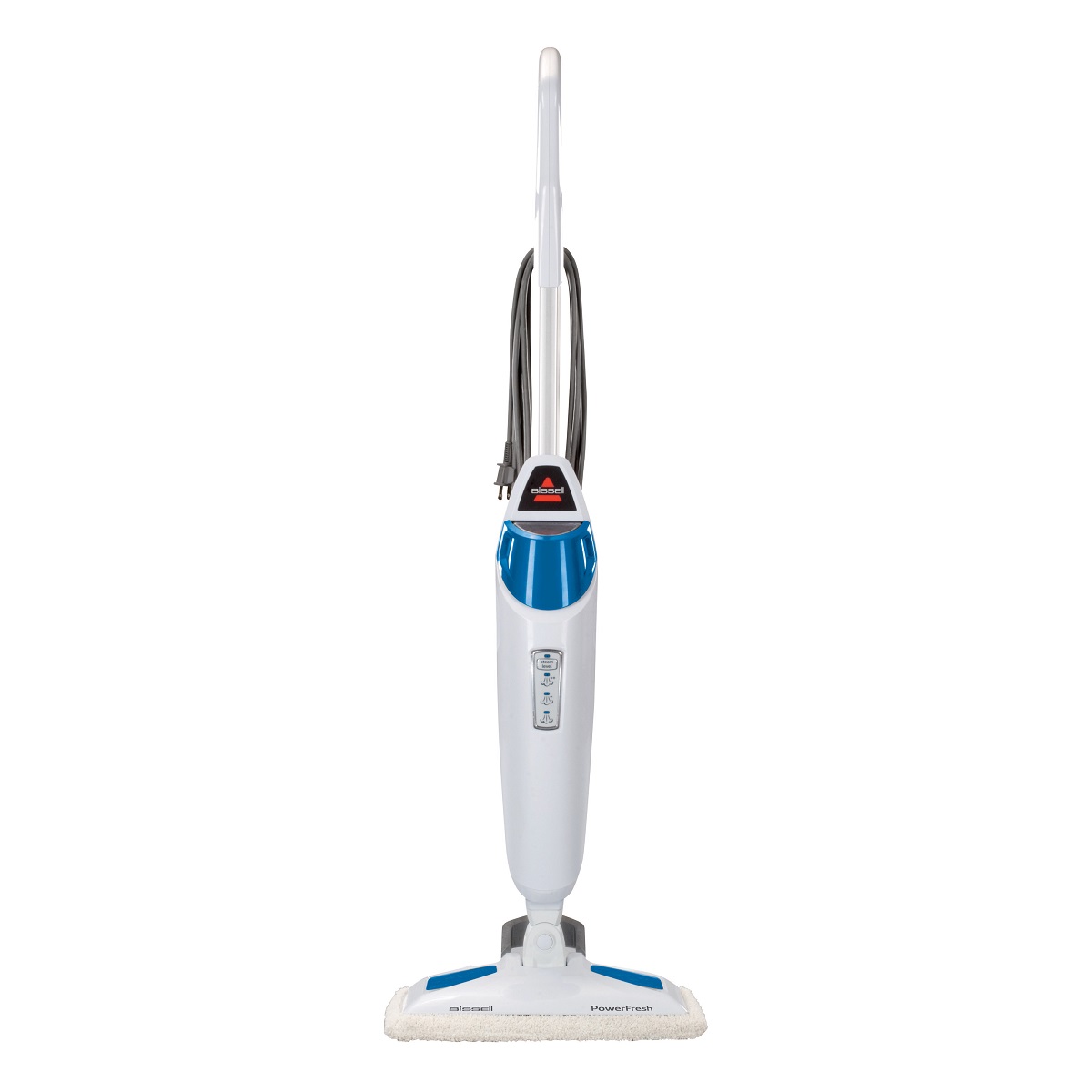
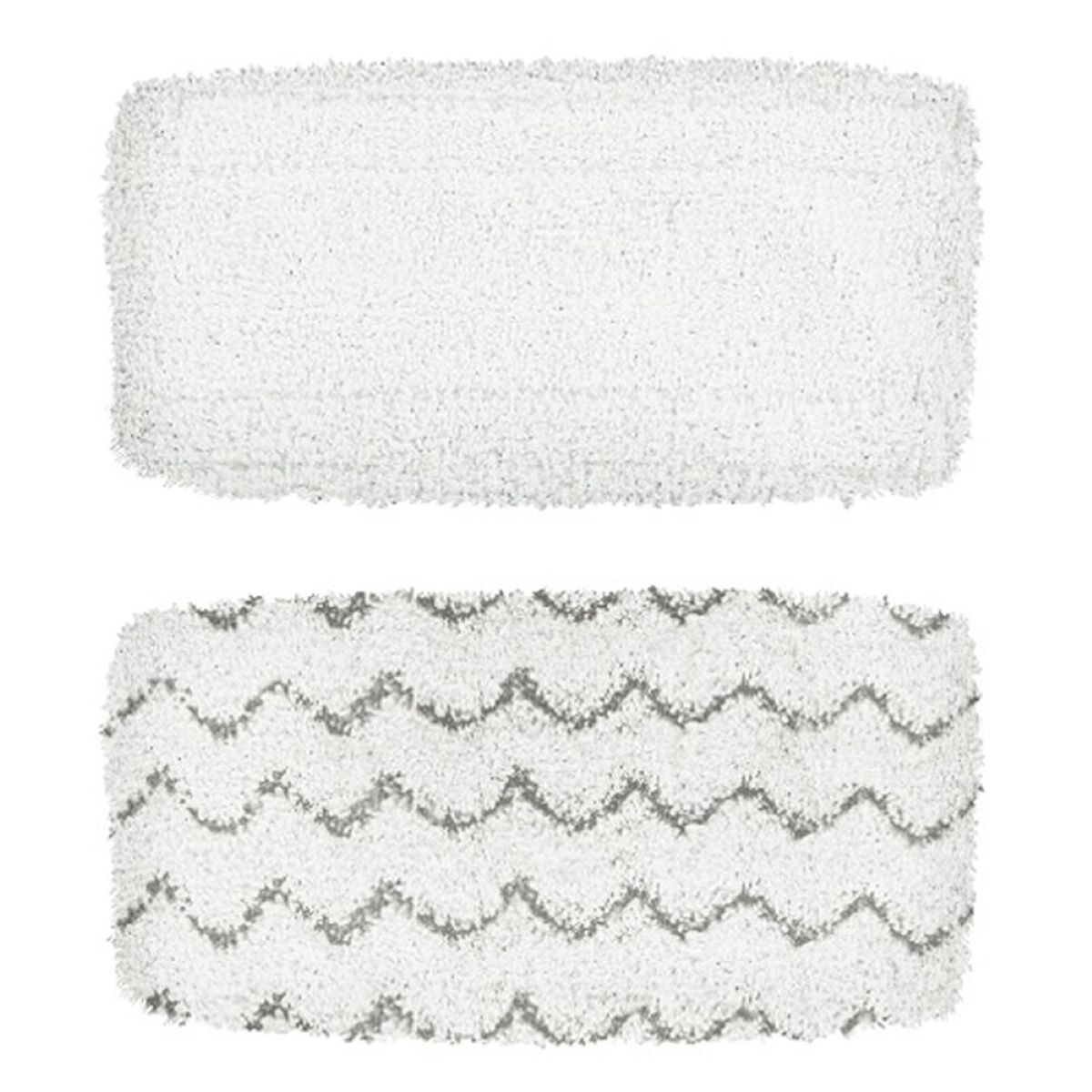
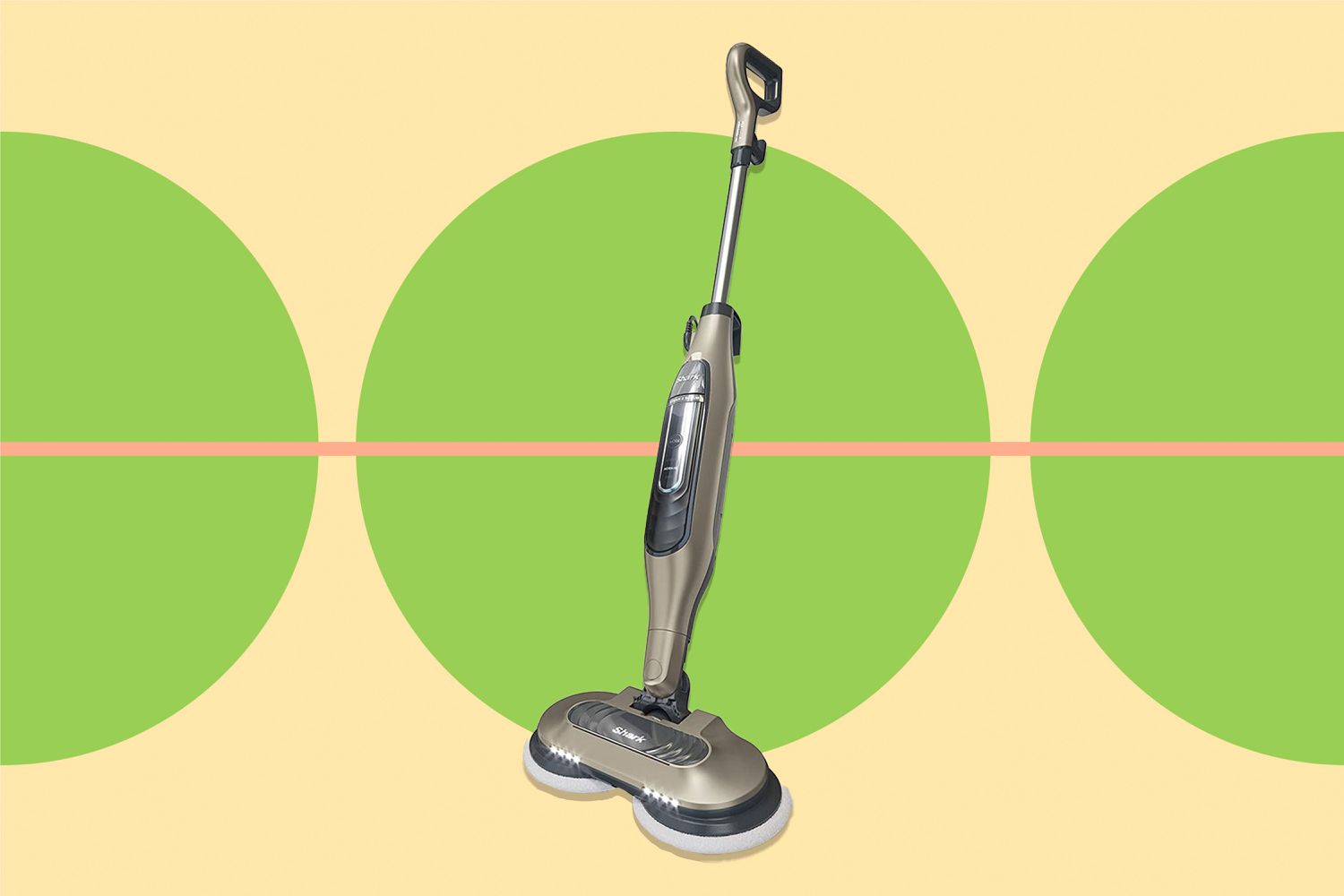
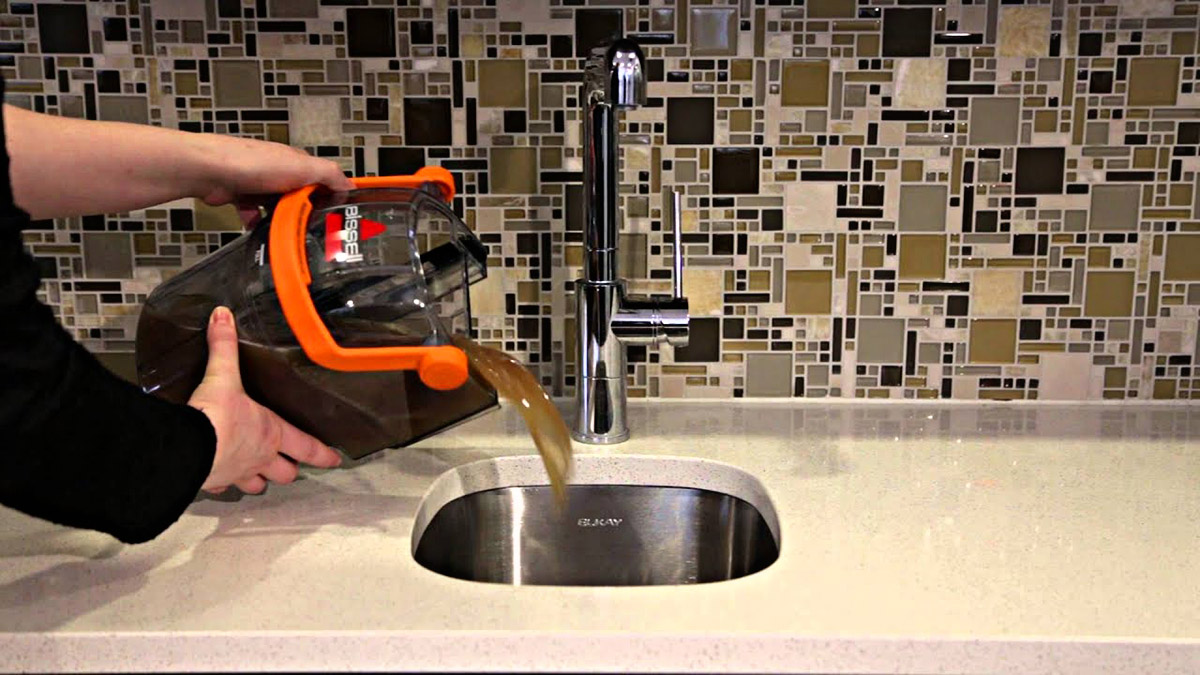

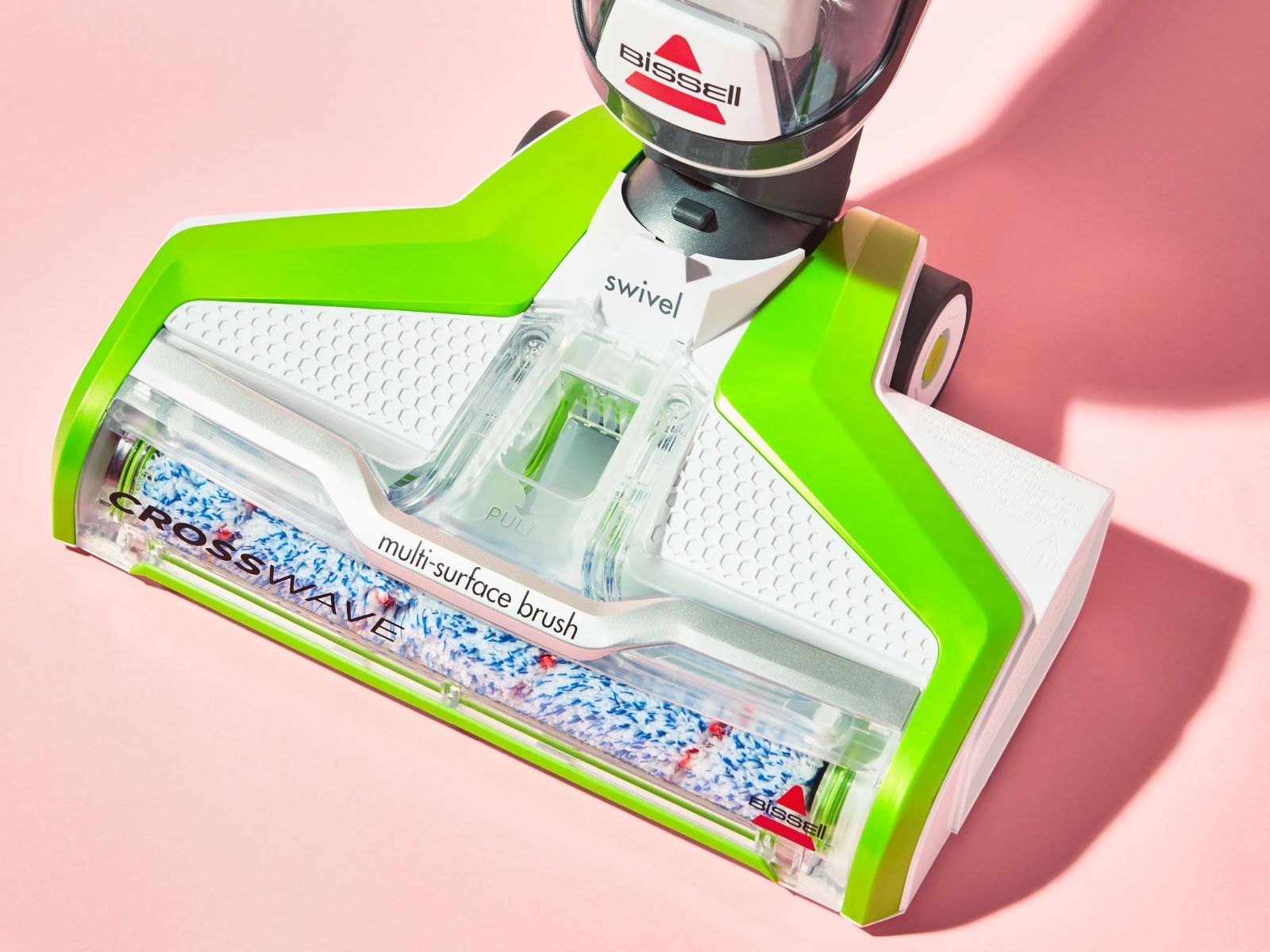

0 thoughts on “Why Is My Bissell Powerfresh Steam Mop Not Steaming”